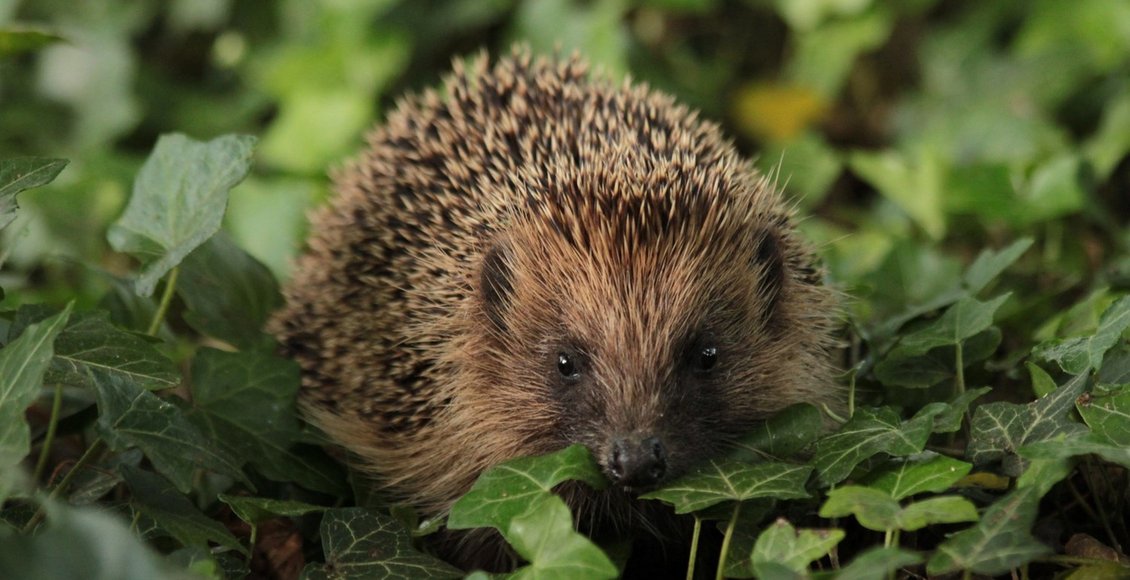Looking back over the last five years, it’s definitely been a time where we’ve made good progress toward our conservation targets – but we’ve also been able to make many new friends far and wide.
When we started, our main goal was to encourage 1,666 local people to each allocate at least three square yards of their back gardens for wildlife-friendly features such as plants, ponds, bird feeders, hedgehog homes, insect lodges and re-wildling. That level of participation would create a community nature reserve which is the equivalent in area to a full-sized football pitch. In only our first five years, we’ve attracted just over 1,600 local people with an average allocation of 3.65 square yards for each participant. That means that we’ve more than matched our ambition by creating an area well over 5,000 square yards – or more than the size of a football pitch. And we’re continuing to grow each month.
One of the encouraging features about this work is the way other communities have been inspired by these ideas. In the Leicestershire village of Cosby, they have started their own Community Nature Reserve. In Bristol, they have started a Schools’ Nature Reserve, where six schools across the city each have their own conservation area. In Hampshire, the idea of community nature reserves, like ours, has been woven into one of their Local Plans. Woodbridge has recently started their own community nature reserve. We even learned recently that another new community nature reserve, based on our way of working has opened up in Portugal.
We have also made other friends on the international stage too. In the United States, Communities magazine has featured our work, as well as the work of our Citizen Science Group. In Europe, we’ve made new friends among the European Citizen Science Association.
To learn more about the work of Felixstowe’s Community Nature Reserve, please visit our Facebook page: www.facebook.com/felixstowecommunitynaturereserve
Supplied by Dr Adrian Cooper




